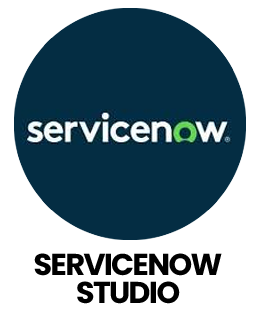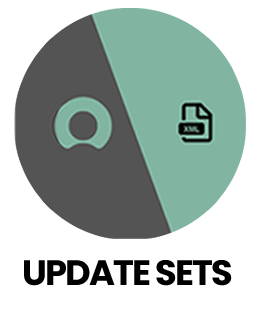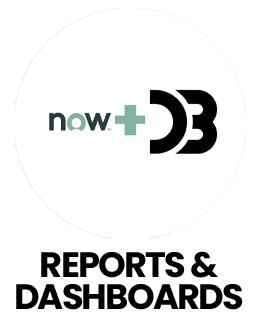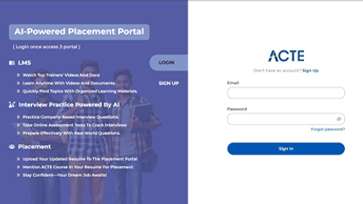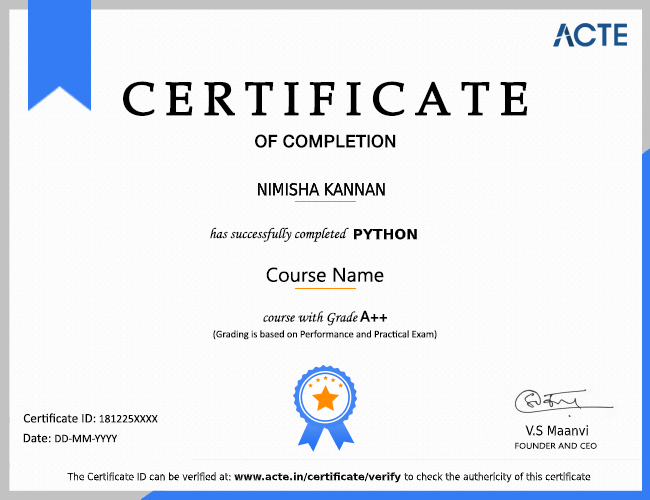1. What distinguishes a ServiceNow Administrator from a ServiceNow Developer?
Ans:
A ServiceNow Administrator is responsible for managing platform configurations, including users, roles, access controls, workflows, reports and dashboards, typically without coding. In contrast, a ServiceNow Developer focuses on building custom features using scripting tools such as Business Rules, Client Scripts, Flow Designer and UI Policies. Administrators ensure usability and smooth system operations while developers enhance platform functionality through coding, integrations and advanced automation.
2. How are priorities set when implementing ServiceNow for various IT users?
Ans:
Priorities are determined by aligning IT goals with user needs and evaluating the potential impact on productivity. Collecting stakeholder feedback, analyzing current usage patterns and reviewing existing IT processes helps identify which workflows and features deliver the highest value and should be implemented first.
3. What steps are followed when deploying a new ServiceNow feature or solution?
Ans:
Deployment begins with gathering requirements from IT teams and end-users. Tables, forms, workflows and security settings are then designed and configured. Automation is implemented using Flow Designer or Workflow Editor, with scripts added as required. The solution is thoroughly tested in sandbox environments, including user acceptance testing, before deployment to production, accompanied by user training for smooth adoption.
4. How is data security and accessibility maintained in ServiceNow?
Ans:
Security is ensured using roles, access controls (ACLs) and field-level permissions, limiting access to sensitive data. Accessibility is achieved by creating clear, intuitive forms, providing logical navigation and ensuring smooth operation across devices. This guarantees a secure, user-friendly and accessible platform for all users.
5. How is the success of a ServiceNow implementation evaluated?
Ans:
Success is measured by monitoring metrics such as incident resolution times, workflow efficiency, automation performance, data quality and user adoption. Reports and dashboards provide ongoing insights, while continuous user feedback allows for iterative improvements, ensuring the platform delivers maximum business value.
6. Can you provide an example of a challenging ServiceNow issue and how it was resolved?
Ans:
A common challenge involved duplicate configuration item records, which led to inaccurate reporting. The issue was addressed through root cause analysis, implementing duplicate detection rules with precise criteria, automating record merging and training users on best practices. This improved data integrity and streamlined IT operations.
7. Which tools are frequently used in ServiceNow development and administration?
Ans:
Key tools include ServiceNow Studio for managing applications and scripts, Flow Designer for no-code automation and Business Rules and Client Scripts for advanced logic. Update Sets facilitate configuration migration, Reports and Dashboards provide analytics and visual insights and IntegrationHub connects ServiceNow with third-party applications.
8. How is conflicting stakeholder feedback managed during ServiceNow projects?
Ans:
Conflicting feedback is documented and analyzed against IT priorities and system capabilities. Transparent communication is maintained to explain trade-offs and prioritization is based on business impact and ROI. Balanced solutions are developed, tested with users and refined to align expectations while achieving project objectives.
9. Why is accurate data essential in ServiceNow projects?
Ans:
Accurate data forms the foundation for performance analysis, workflow efficiency and informed decision-making. Reports, dashboards and analytics help identify bottlenecks, validate requirements and monitor adoption. Maintaining clean and precise data is critical for automation and the smooth execution of IT processes.
10. How can ServiceNow professionals stay informed about new platform features?
Ans:
Staying up-to-date involves completing official ServiceNow training and certifications, reviewing release notes and participating in webinars and community events. Engaging in forums, user groups, exploring new integrations from the ServiceNow Store and practicing in sandbox environments helps professionals remain aware of emerging features and best practices.






